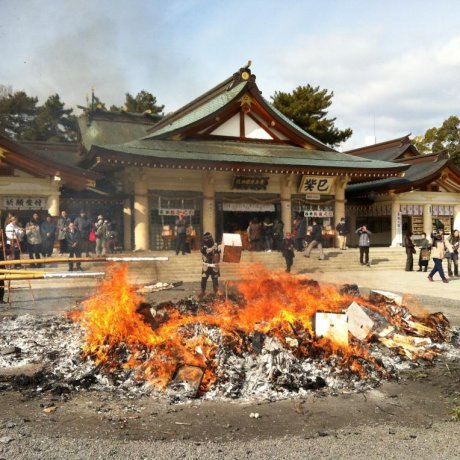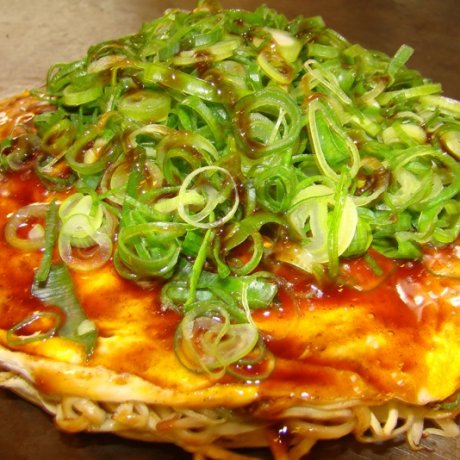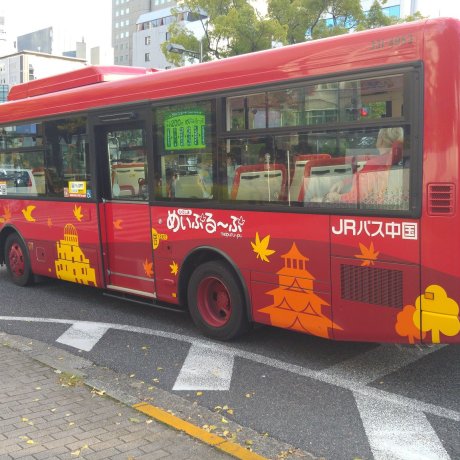

Hiroshima City
Capital of Hiroshima prefecture
Things to do in Hiroshima City
Upcoming Hiroshima City Events

Hiroshima Dreamination 2025-2026
Wander through the lights along Hiroshima's main Peace boulevard (Heiwa-Odori) for a fun (& free) winter event offering lots..

Tondo Festival 2026
Annual festival held around January 15th all across the country to burn old talismans and charms and pray for good luck in the year..
Where to eat in Hiroshima City

Nagataya Okonomiyaki
JJ WalshA spacious Hiroshima-style okonomiyaki shop in a great location, next to Peace park. Family-friendly, Vegetarian-friendly and non-smoking..

Hiroshima-style Okonomiyaki
Paul WalshYou haven't done Hiroshima if you haven't done Hiroshima-style okonomiyaki! Pull up a seat at the hotplate, watch the show..

Marugame Seimen: Kamaage Udon Noodle Chain
JJ WalshStarted in Hyogo in 1985, this noodle chain has 20 shops in Hiroshima offering cheap, fast, healthy meals.
Places to stay in Hiroshima City

Chisun Hotel Hiroshima
Michelle IshikiChisun Hotel Hiroshima, centrally located in the downtown area, is a great place to stay if you're planning a visit to this..

Guest House Roku Hiroshima
Jaclynn SeahWhy Guest House Roku in Hiroshima is a great place for budget travelers looking to make friends
Latest Hiroshima City Reports

Golden Route to West Japan: Hiroshima & Fukuoka
Tom RoseveareThe Golden Route describes a conventional way to see Japan for first-time visitors, taking in some of its established cities—l..

Hiroshima's Meipuru-pu Sightseeing Bus
Kim BergströmThe Hiroshima Sightseeing Bus (nicknamed Meipuru-pu) is a convenient option for getting from A to B in Hiroshima City, and an added..

Hiroshima: Food Guide
Veronica CarnevaleAs you explore the prefecture’s natural beauty, historic temples, and urban museums and sculptures, why not also take your tas..




























